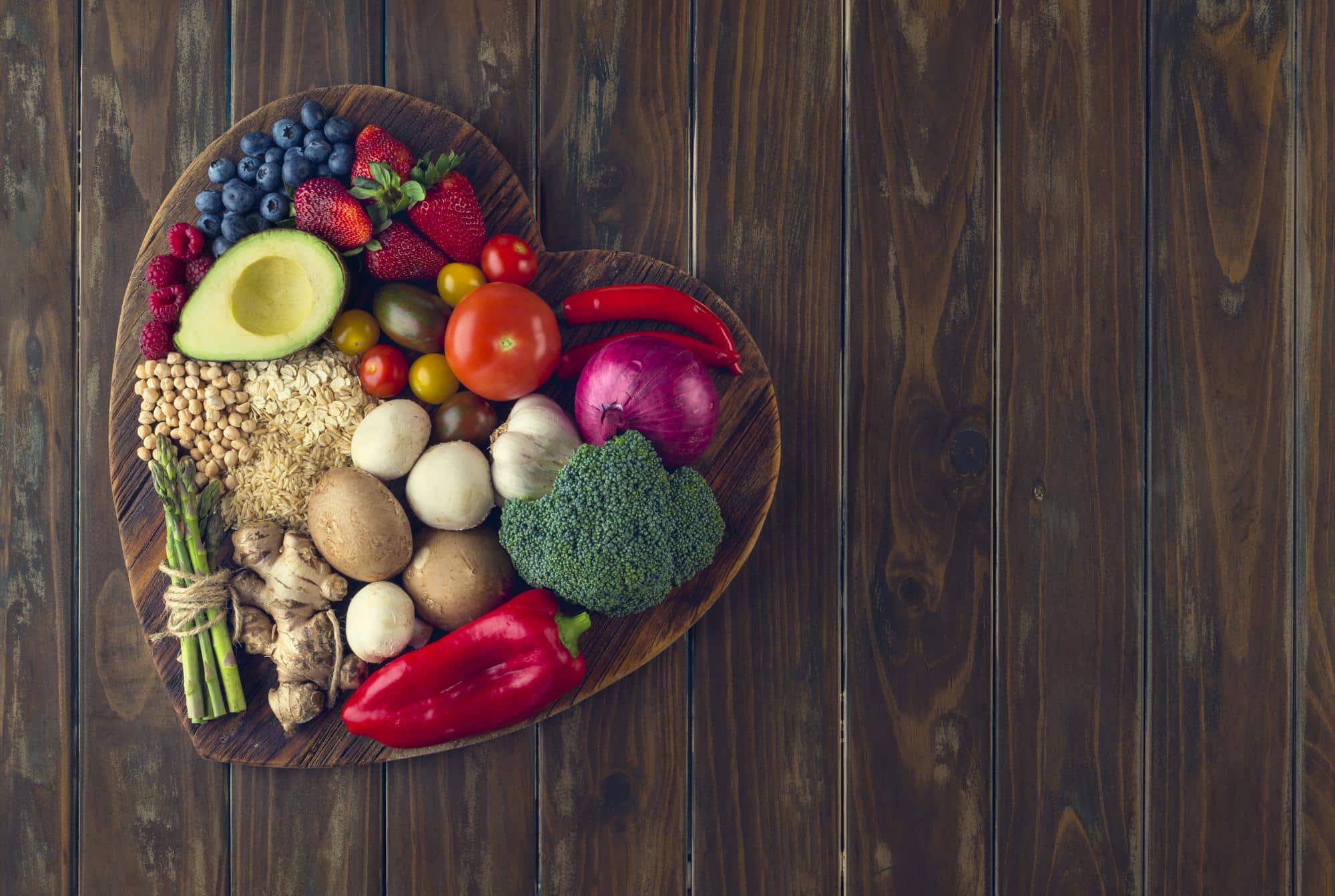
Heart disease is the leading cause of death among Americans: on average, one person dies every 39 seconds, according to recently published data from the American Heart Association. Along with healthy lifestyle choices, what you eat can have a big effect on your heart health. Here are 4 of the worst foods to eat for your heart.
Trans Fat
One of the easiest to limit (or avoid) in your diet—and it’s quite harmful to your heart health—trans fat. Why are trans fats so harmful? Like saturated fat, trans fat raises your “”bad”” LDL cholesterol, possibly even more than saturated fats, according to research. Trans fat also lowers your “”good”” HDL cholesterol. The American Heart Association recommends limiting the amount of trans fat you eat daily to less than 1 percent of your total calories. If you eat 2,000 calories a day, that translates to about 2 (or fewer) grams.
How can you limit, or eliminate trans fat from your diet? The easiest way to avoid trans fat is by skipping foods that contain “”hydrogenated oil”” or “”partially hydrogenated oil”” in their ingredient lists. Big culprits include packaged snacks, crackers, bakery goods and some margarines. Read labels carefully: if a package claims “”zero trans fat,”” the amount per serving may be less than 0.5 g and could have been rounded down to zero, so the only way to be sure you’re getting a product without trans fat is to read ingredient lists.
Trans fats are also found naturally—albeit in small amounts—in animal products, such as beef, pork, lamb and the butterfat in butter and milk. Limiting how much beef, pork, lamb and butter you eat and swapping full-fat dairy products, like milk and cheese, for low- or nonfat versions will help too.
Saturated Fat
Butter. Sour cream. Mayo. These foods—as well as fatty cuts of meats—are high in the saturated fats that elevate “bad” LDL cholesterol, leading to plaque buildup in arteries. Limit saturated fats to 5 percent or less of your total calories (divide your weight by 12 to get the daily total limit in grams). For example, try replacing butter with vegetable-based oils, particularly olive and canola oil, both of which contain good amounts of heart-healthy monounsaturated fats, and by swapping in lean poultry, fish and beans for higher-fat meats.
Salt
Americans on average take in 3,400 milligrams of sodium each day. That’s a third more than the daily recommended limit of 2,300 mg (about 1 teaspoon salt) and more than double the 1,500 mg suggestion for adults age 51 and older and for anyone who is salt-sensitive (e.g., people who are African-American, those with high blood pressure, diabetes or chronic kidney disease)—about half the U.S. population. Cutting your sodium intake can help lower high blood pressure and also reduce your risk of developing high blood pressure.
One of the easiest ways to cut back on your salt intake is to not add it if you can’t taste it. In other words, don’t add salt to boiling water for pasta or potatoes, but add it to a dish when its impact will be strongest—usually at the end of cooking. A little salt goes a longer way if it’s sprinkled on a food just before serving; you’ll taste it in every bite.
Another way to slash your sodium intake is to replace sodium-laden processed foods with fresh foods. Other tricks: look for “”low sodium”” or “”no-salt-added”” labels and rinse canned beans.
Added Sugars
Let’s face it: Americans eat too much sugar. We consume 355 calories—or 22 teaspoons—of added sugars a day, says a recent study. Added sugars are those added to food by consumers or manufacturers. “Reducing added sugars will reduce cardiovascular disease risk,” says Rachel Johnson, Ph.D., R.D., chair of the American Heart Association (AHA) writing group for the AHA scientific statement on sugars and cardiovascular disease and EatingWell nutrition advisor. “High intakes of added sugars are linked with increased risks for high blood pressure and high triglyceride levels, risk factors for heart disease.”
The AHA recommends that women limit their added sugars to no more than 100 calories per day, or about 6 teaspoons, and men should eat less than 150 calories, approximately 9 teaspoons. (A 12-ounce can of cola has about 8 teaspoons.)
These recommendations apply only to added sugars, which supply calories but no nutritional value, and not to sugars that occur naturally in healthful foods (fructose in fruit, lactose in dairy). It’s fairly easy to keep track of sugars you add yourself. Added sugars in processed foods are more difficult to track. “Sugars” on Nutrition Facts panels include natural and added sugars. Check the ingredient list for sugar and all its aliases: corn sweetener or syrup, honey, molasses, fruit juice concentrate, high-fructose corn syrup, invert sugar, malt sugar and syrup and sugar molecules ending in “ose” (dextrose, fructose, glucose, lactose, maltose, sucrose). In general, the closer sugars are to the top of the list, the more the food contains.
©Meredith Corporation. All rights reserved. Used with permission.
Health Education Articles
Explore our library to stay on top of the latest trends, research, and helpful guidance based on your health needs.
Healthy Living
Stay informed on changes to everyday living that have a big impact on long-term health.
Diet & Nutrition
Get healthy recipes and advice proven to reduce risk of serious illnesses.
Disease Information
Discover the latest research about health issues often addressed by our services.